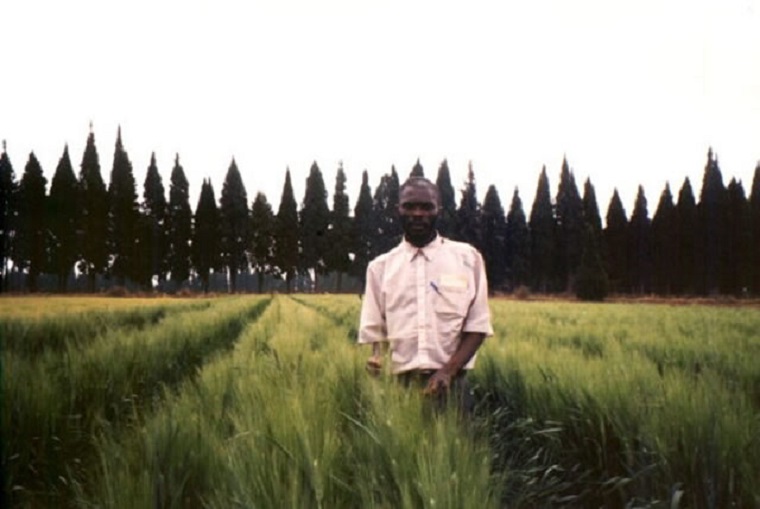Agriculture is taking centre stage in plans for the revival of Zimbabwe’s ailing economy under the new leadership of Emmerson Mnangagwa.
Getting agriculture moving in Zimbabwe is a big task. The radical land reform of 2000 has left many outstanding challenges; not least the importance of compensating former farm owners.
But the biggest challenge is that, with new ownership patterns, the agricultural sector has a much more diffuse base. Today there are many small to medium sized farms, rather than a few major players.
This has implications for what Mnangagwa does next. What are the top priorities for agriculture, and what can be learnt from the challenges faced since the land reform?
Research we’ve done over the past 18 years provides some useful pointers. We have been tracking what has happened to land reform farms across Zimbabwe, with sites in Masvingo (in the dry south-east), in Mvurwi (north of Harare) and in Matobo (in Matabeleland). We have been looking at both smallholder production (in so-called A1 areas) and medium-scale commercial farms (so-called A2 allocations), as well as outgrower arrangements in lowveld sugar estates.
The results have been surprising. Despite the woeful lack of support, the smallholders have done reasonably well. Most are producing surpluses and reinvesting in their farms. Around two thirds have produced more food than just for subsistence in nearly all years that we’ve conducted the research. In Mvurwi, tobacco dominates, and the smallholder-led tobacco boom has brought significant investment, both on and off-farm.
For their part larger landholdings have struggled. Lack of finance capital for many has meant they have not got off the ground and some have significant areas of under-utilised land, with infrastructure in disrepair.
The exceptions are those operating under contract arrangements with estates. These farmers have done relatively well because they’ve been supported and finance has been guaranteed. New contracting and joint venture arrangements are emerging in some areas, but much more needs to be done.
Ten priorities for agricultural development
Drawing on this experience, below I suggest ten priorities for getting agriculture moving once the first tasks of paying compensation, undertaking a land audit and establishing an efficient land administration system are complete.
Continued next page
(276 VIEWS)
